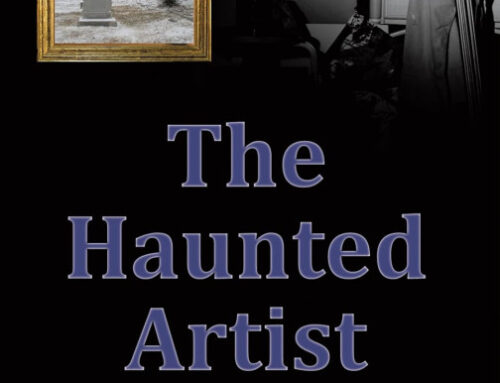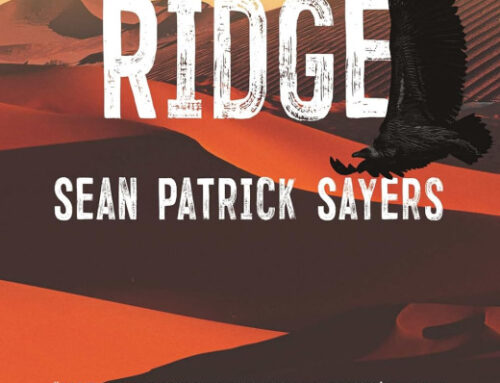
A nine-year-old girl. A magical sketchbook. A huge imagination. A lot of trouble.
When men in hardhats arrive at Amy Carr’s house, she’s old enough to understand that this isn’t a social call. They are there to knock down her house. In the ruins, Amy unearths an old sketchbook. Soon she learns that this isn’t an ordinary sketchbook.
The creatures she draws in this magical sketchbook come alive. The premise behind this book is fun and just as creative as Amy’s imagination in the story. Most middle grade readers are still focused inward and aren’t very aware of the outside world. For the most part, the author stays true to this. Amy is dealing with the loss of her home and copes with this loss by sketching. Many young readers will be able to sympathize with the protagonist. The illustrations are cleverly done and really look like drawings made by a nine-year-old girl.
The author’s main problem is his intended age group: nine to twelve. Amy’s story for the most part works for this age group, however, not everything in the story is age appropriate. In the prologue, the author introduces James Carter and George Huber. Huber is a private in the German army during World War II. He’s given a mission to recover a special book from an English operative named James Carter. In this section, he makes references to adult situations that are questionable for his audience. For instance, when Huber is instructed to travel to France to get the book, he writes, “I love France, so my first reaction was to picture myself sipping wine in a café filled with beautiful people.” Mentioning sipping wine in a middle-grade novel is a risk and some parents might object. Also, at times the author makes jokes that might be difficult for young readers to grasp:
I sniffed my coffee before tasting it, suspecting that Boris might have been under the influence of something a little stronger than caffeine.
More than likely many of the readers under the age of twelve won’t understand this line. The author’s description of one of the cafes is questionable:
It smelled like a cellar, musty and damp from spilled beer and poor upkeep.
Hopefully young readers haven’t been introduced to drinking establishments like this one at such a young age. In addition to the adult situations, the author assumes his young readers have a decent understanding of WWII, a subject taught at school to 12 and 13 year-olds in the UK, and barely touched upon in the US school system until senior years. Here, Huber is a lackluster private in the German army because he disagrees with their actions,
I was ridiculed by my so-called comrades for my timid approach to fighting, and whilst my eyes saw many horrors, I managed to be accountable for none of it. But just being there—and wearing that uniform—made me ashamed to be alive.
It’s questionable if many nine year-olds will understand Huber’s plight and the significance of the War and the Holocaust. Books like The Book Thief and The Boy in the Striped Pajamas deal with the heavy issues of World War II. The difference is that both of these books are aimed for readers aged twelve to eighteen. It might behoove the author to rethink his subject matter and audience to create a more effective story that parents will allow their children to read. Knowing and understanding your intended audience is imperative to creating a well-balanced story.
Links
Author Website
Amazon
Goodreads
Review Overview
Design
Editing
Content
Get an Editorial Review | Get Amazon Sales & Reviews | Get Edited | Get Beta Readers | Enter the SPR Book Awards | Other Marketing Services























Leave A Comment